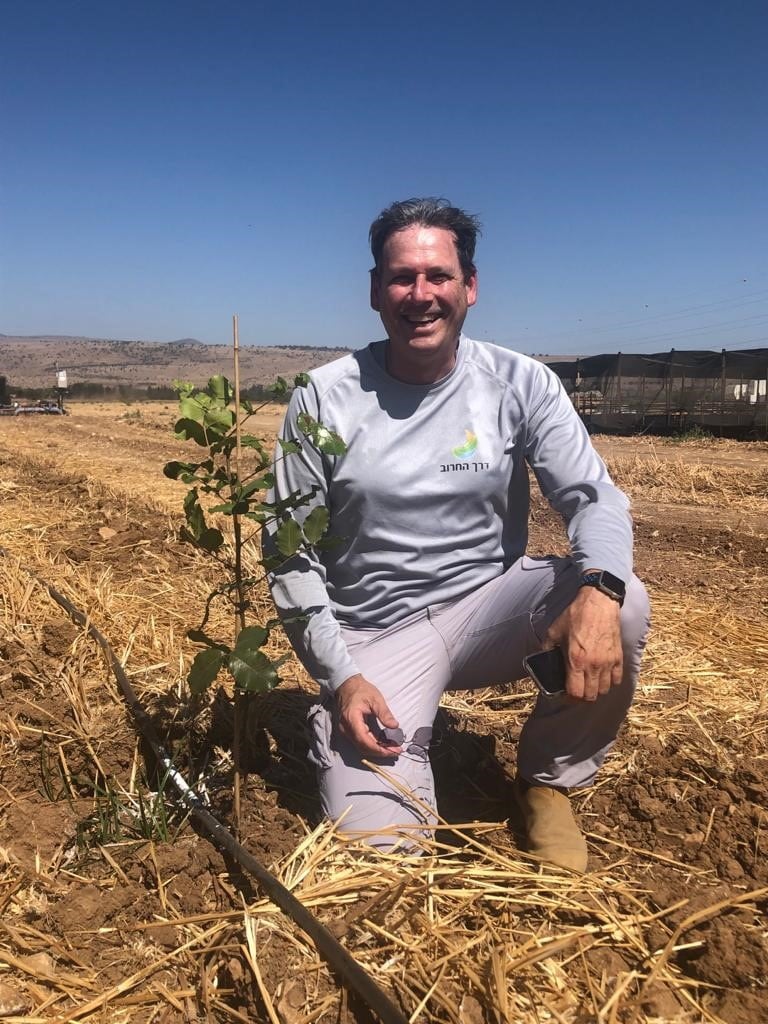Carob is forecast to make a comeback, according to a recent report from food trends AI company Spoonshot.
The fruit is expected to step out of the long-shadow cast by its positioning as a ‘healthier chocolate replacement’ in the health food scene of the 1970s and find a new lease of life with a generation largely unfamiliar with recipes for carob brownies or bars.
According to Spoonshot, carob resonates with important shifts towards plant-based eating and healthy diets. It is a source of hydroxyproline, an amino acid crucial to collagen production – and one that is often deficient in people who avoid animal products. It is gluten-free, caffeine-free and high in fibre, calcium, iron, antioxidants and protein.
“These factors all add up to make it the next superfood darling. Despite its bad reputation as a 1970’s chocolate replacer, carob is set to redefine its role as a collagen supportive ingredient for vegetarians. Look for it in coffee innovation, RTD beverage, baked goods, bars, and powders,” Spoonshot predicts.
Describing carob as a 'hidden gem', Israeli start-up CarobWay agrees with this bullish outlook, not least because the company says carob is a ‘highly sustainable’ crop.
Cultivating carob in arid climates

Carob is a resilient species that performs well in arid climates. The carob tree, Ceratonia siliqua L., is mainly grown around the Mediterranean as well as parts of Africa, Asia and the Middle East.
Genotypes of the carob tree demonstrate tolerance to drought, low soil fertility, brackish water, pollution, and high temperatures. Carob can grow on non-arable land—including in the desert. “We can potentially grow this super-crop on arid land, which covers 46% of the surface of the planet,” Udi Alroy, CEO and Co-founder of the vertically integrated carob developer, explained.
This is important because global warming and other environmental stresses demand increased attention be paid to ‘minor or neglected crops’, the food and ag tech innovator believes. “One of the key strengths of carob is its resistance to climate change. Our seedling development is focused on the origin of carobs which are grown in fully desert climates, up to 40 and even 50°C,” Alroy told FoodNavigator.
“We were looking for a wholesome fruit which can grow with little water and little need for labour. We believe that only such crops will be able to survive for the long run, providing a sustainable , climatized solution, replacing variety of existing crops.”
Today, carob is largely a labour intensive crop to harvest. CarobWay is developing ag tech solutions to address this issue.
“The key ingredient in developing a sustainable carob crop is using advanced agri-tech knowhow to grow the trees more intensively and efficiently,” explained Alroy. “Today, most carob trees are grown in forests and require intensive human labour. We optimize the cultivation process from the seedling stage through harvest, using less labour, refined irrigation, and mechanical harvesting.”
CarobWay will employ industrialized harvesting via a variety of technologies developed from other crops cultivated in the region.
‘Farmers are on the frontline’
Alroy observed that climate change, increasing wildfires and water scarcity means ‘farmers are on the frontline’ taking ‘all the responsibility in the supply chain’.
“We’re going to change that, by creating a complete value chain that is beneficial to all partners involved from grove to table,” the chief executive revealed. “Growers should get a safe, stable income as they invest in the future of food.”
CarobWay engages in multi-annual supply agreements to enable a stable and secure supply chain. It invests in the carob varieties it has identified as ‘most suitable’ for the food industry, as well as cultivation technologies to improve orchard yield and quality.
“CarobWay dedicates specific types of carobs to specific requirements for industrial use, in specific applications,” Alroy told us.
Food applications promoting ‘the goodness of the carob’
On the food side, CarobWay is ‘working extensively’ on food applications ‘to promote the goodness of carob ingrecients’, Alroy explained.

At full maturity, carob fruit is 90% pulp and 10% seeds by weight. Carob seeds have traditionally been the most valuable part of the pods because they are used to produce a polysaccharide extracted from the endosperm of carob seeds used by food producers as a thickener and stabilizer.
CarobWay is focused on using the whole carob fruit and marketing each ingredient to target different applications and uses. For example, carob provides a natural sweetener suitable for beverages. The sugar is low glycemic index (GI), very sweet, and is a good fit for people with diabetes or digestive health issues, according to the company.
Carob also contains high-value, functional protein that can enhance a variety of food and beverage products. Carob fibres can be used in cereals and bar, the company continued.
“It is essential to unlock the full potential of the carob fruit as all of its parts contain healthy ingredients, including sugars, extracts, fibres, protein and polyphenols. Every ingredient can be used in a wide range of food and beverage applications.
“We put effort in developing specific ingredients with delicate taste to support a line of Gluten Free & allergen-free foods. We are also developing a line of ingredients for low GI beverages,” Alroy said.




